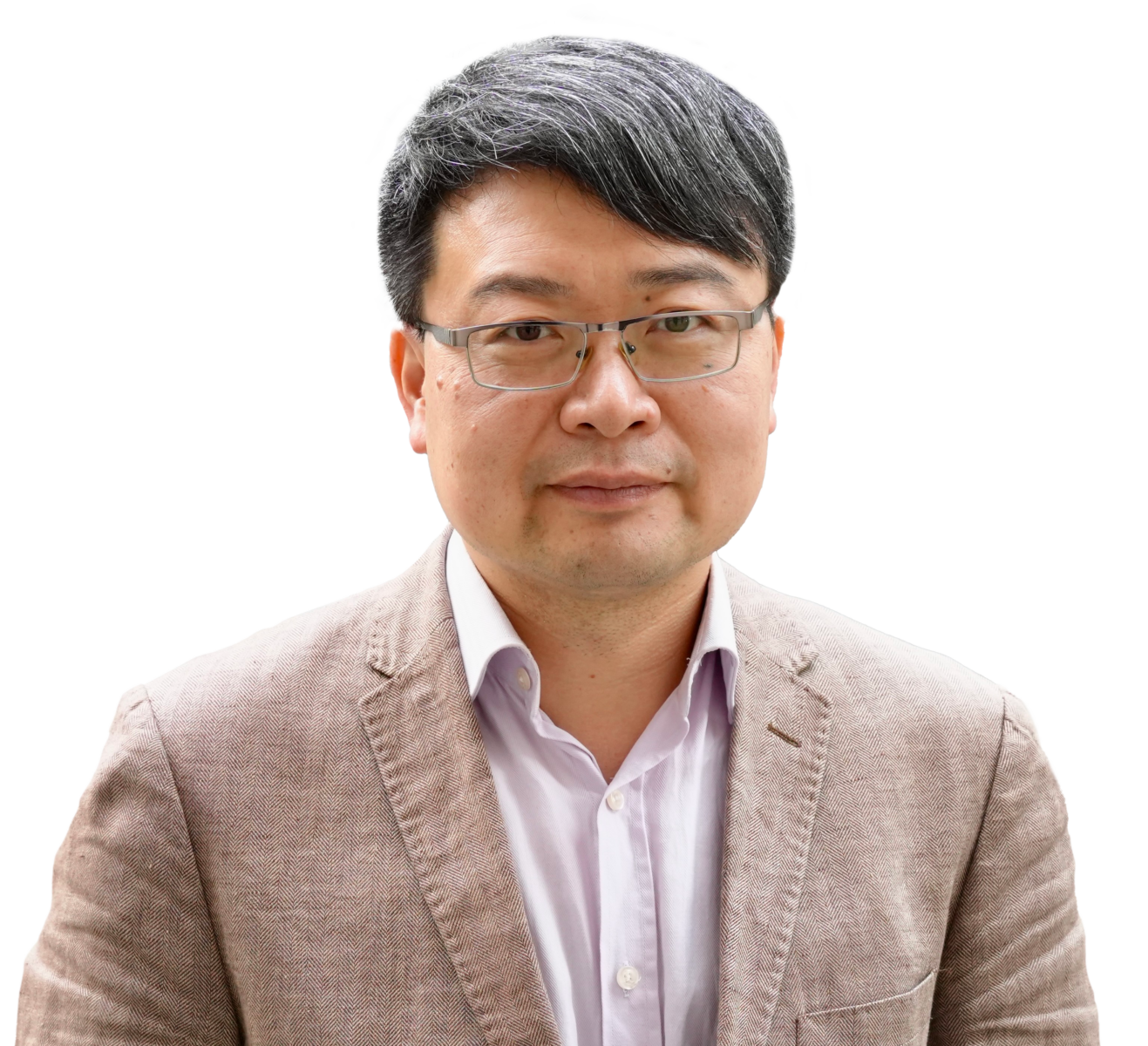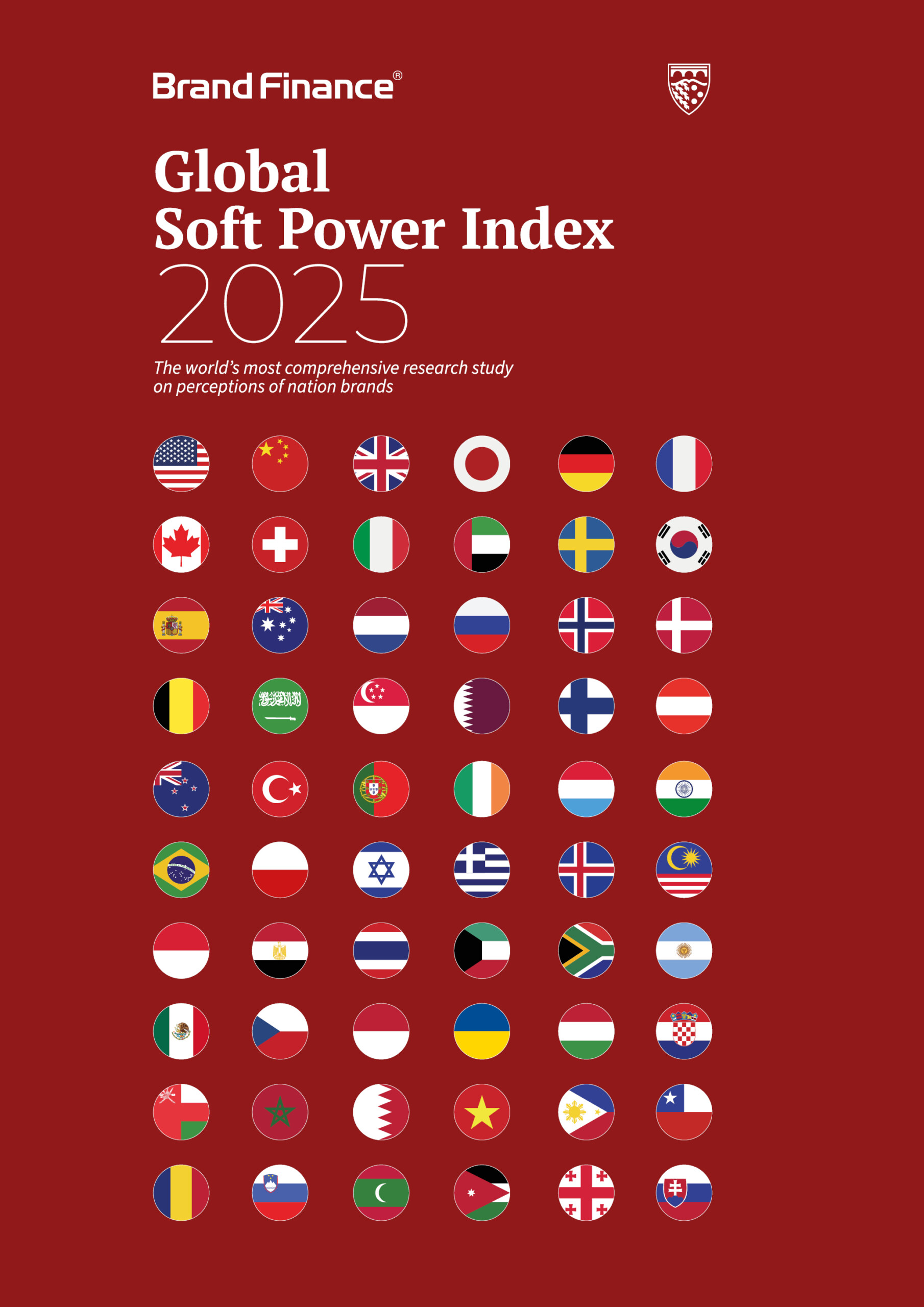This article was originally published in the Brand Finance Global Soft Power Index 2025

London Bureau Chief,
Phoenix Satellite TV
Professor Joseph S. Nye Jr. first coined the term “Soft Power” in his 1990 book “How To Lead,” and as a journalist, I have had the honour of interviewing him twice.
We primarily discussed what changes are taking place in global Soft Power, the influence of the United States, and whether China has understood and mastered the value of its own Soft Power. We are in agreement - there is no definite answer at present, because the world situation is still developing, and the changes sometimes exceed our expectations.
Despite this ongoing uncertainty, the influence of China's Soft Power is still worthy of our attention. China is the world's second-largest economy, which has an impact on people’s livelihoods and societies in different regions of the world, but China also must understand how its influence is perceived in those various regions. That understanding is an opportunity for learning on both sides and can help avoid misunderstandings.
Traditionally, most people who have not personally travelled to China to experience local life have relied on satellite TV to learn about the country. For example, Phoenix Satellite TV, where I work, broadcast live in 1997 a Chinese man driving a motorcycle over the Hukou Waterfall of the Yellow River. This allowed global audiences to not only see unprecedented live stunts but also appreciate the magnificent natural scenery known as the "Mother River of China." Ten years later, in 2007, Phoenix Satellite TV cooperated with Sky News and China Shaanxi TV to jointly complete the exhibition "Qin Shi Huang: Terracotta Warriors of China" at the British Museum.
The exhibit attracted a large number of British people who were interested in the culture of the Qin Dynasty, including members of the British royal family.
From the era of satellite TV that emphasised large-screen broadcasting to the era of small-screen mobile clients, China's Soft Power communication has become more classified and personalised while also adapting to the younger audience.
Even so, I hear from government officials and ordinary people in different countries in Africa, the Middle East and Europe that they want to know more about whether China is still adhering to its traditional values of hard work, family, friendship, and sharing their culture with the world.
I’ve been asked questions that indicate that the information about China obtained from media channels makes it difficult for them to distinguish between true and false. For example, does every Chinese household live a prosperous life? Do Chinese people think that "low-priced, low-quality, fast consumption" is the model that China should promote globally?
I’m also often told that the international communication power of Chinese media is very good, but the Chinese media's interpretation of the world has a very obvious "Chinese style." By this, they mean that communications lack a unique perspective, criticism of its own problems, and in-depth understanding of other countries' societies.
In addition to media communication, the brand influence of Chinese companies is also a manifestation of China's Soft Power, from China's time-honoured liquor, inexpensive white appliances to cutting-edge technologies including artificial intelligence that lead the global market.
I believe that regularly evaluating the international brand value of wider variety of Chinese companies will not only communicate to the world what it means when goods are "Made in China" or "Designed in China," but also help Chinese companies realise that if they want to expand their influence in the international market, they must first gain sufficient strength in the face of global consensus and international standards, rather than talking to themselves and relying solely on one-way output of information to gain widespread recognition.
In the vast global market, there are still many companies that have misunderstandings on how to effectively apply the concept of Soft Power to actual market promotion.
But in fact, this is not surprising. Nearly two decades ago in 2006, Professor Joseph S. Nye Jr published an article encouraging readers to rethink Soft Power, proposing that it is wrong to rely on Hard Power or Soft Power alone. Nye suggested that they should be combined to create "smart power" and that the smart power approach is the optimal way to attach importance to alliances and partnerships and provide a country’s goods to the international market.
Then and now, enabling global community partners to benefit from Soft Power requires time and ongoing dialogue both inside China and around the world.

